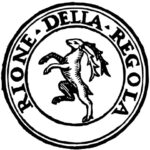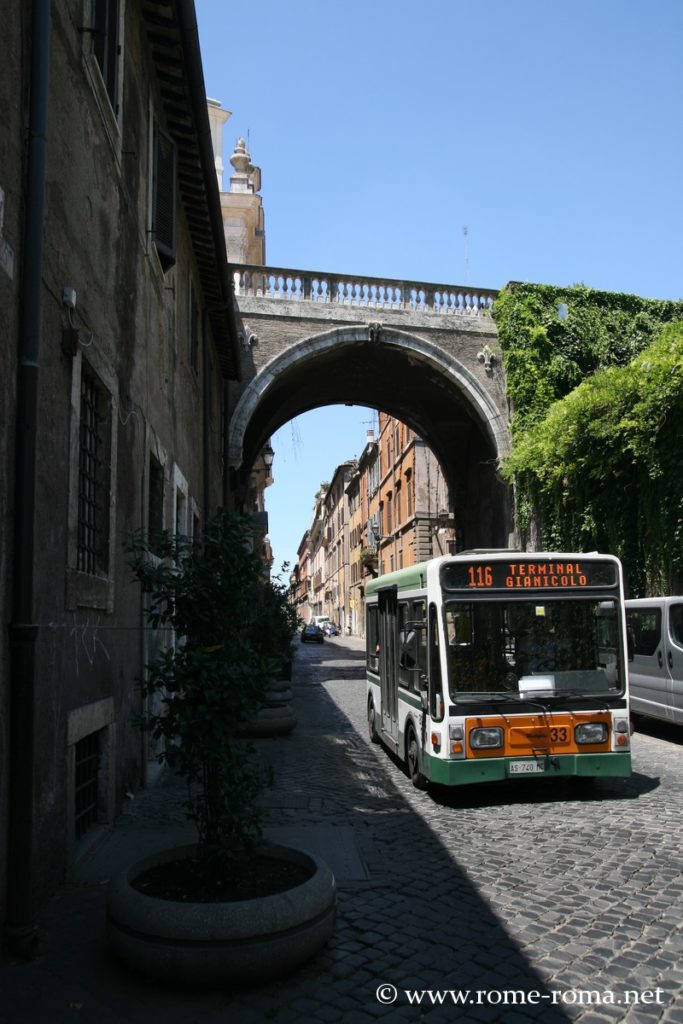 The Rione Regola, the seventh historic district of Rome (R. VII), takes its name from the Latin Renula, a word referring to the fine sand deposited by the Tiber during floods.
The Rione Regola, the seventh historic district of Rome (R. VII), takes its name from the Latin Renula, a word referring to the fine sand deposited by the Tiber during floods.
It is located near the Tiber and the Tiber Island, and in Antiquity it was part of the Campus Martius, with a chariot racetrack.
It later became a craft center with millers, dyers, and tanners, which gave rise to the nickname of its inhabitants, mangiacode, linked to the traditional dish coda alla vaccinara (oxtail stew).
It combines picturesque cobbled alleys with Renaissance palaces such as the Palazzo Farnese and the Palazzo Spada, and many churches, together with the lively market of Campo de’ Fiori on its edge and the long, historic artery of Via Giulia. Transformed by the construction of the Tiber embankments in 1875, it still preserves a medieval charm and a pleasant atmosphere.
The coat of arms depicts a stag rearing on its hind legs, in gold or white on a turquoise background. It symbolizes the nobility and vitality of the district.




